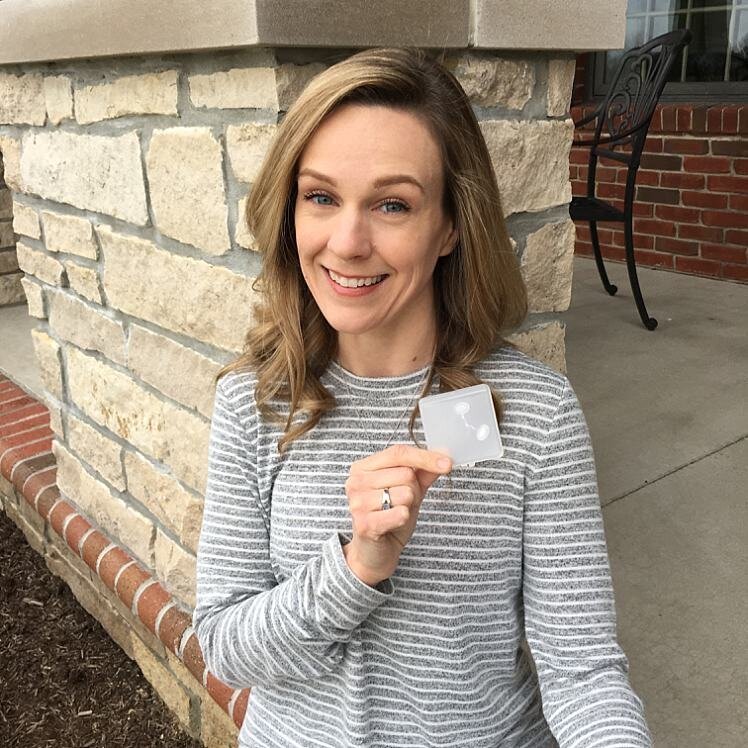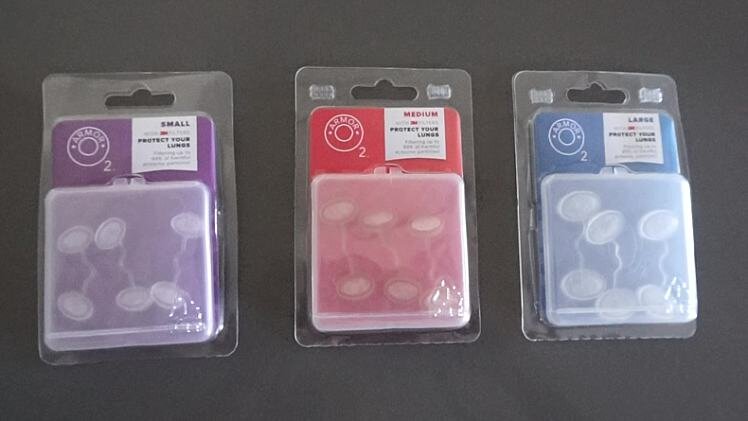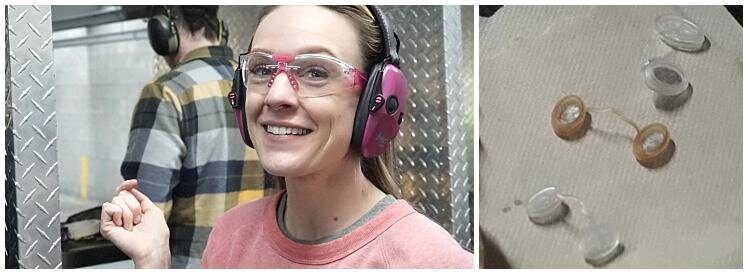How To Protect Your Lungs At The Shooting Range
Can you get lead poisoning at the shooting range? I’ve known for years that I should wash my hands and face after shooting, since lead dust and other toxins from gunpowder combustion released from the gun can settle on your clothes and skin. However, I never considered I could be inhaling fumes!
My eyes were recently opened to this risk when I was contacted by a company called O2 Armor, who I evaluate their personal protection filters for shooters. The product is designed to fit discretely in your nose and filters out harmful airborne particles, assuming you avoid mouth breathing.
Their website describes the product as follows: “O2 Armor is made from a medical grade plastic which supports a trusted 3M filter media that effectively captures up to 99% of smoke, dust, lead dust, airborne sawdust, allergens, pollution, germs and viruses measuring down to less than 2.5 microns (PM2.5) in size.”
Their offer inspired to do a little research and here’s what I discovered:
The CDC includes shooting ranges in the list of jobs and hobbies that can expose people to the hazards of lead. (List here) To guard against this, ranges should have proper ventilation systems and clean their facility in a way that doesn’t spread the dust. For example, wet moping contains the dust while dry sweeping can circulate it back into the air. (Link)
The people most at risk are range employees and range goers who train regularly. Of course, being exposed to lead dust doesn’t mean you’ll get lead poisoning or experience any symptoms, but I do think it makes sense to take precautions!
My experience:
I agreed to evaluate the filters and I invited a few friends to try them with me. At first it seemed funny to stick them in our noses, but after getting my giggles out, I quickly forgot I was even wearing them! They’re not very noticeable to observers due to the transparent silicone and low-profile design. I would say they’re comfortable, but sizing is important. I think you have the right fit if the filter goes in easily and completely blocks the nostril, but doesn’t hurt. In a size small, I barely noticed it but one of my tall friends became uncomfortable in the large size and decided to remove them before we were done shooting.
I’m wearing the filter here and it’s barley noticeable.
Filter Sizes - XS, SM, MD, LG, XL
Silicon Colors: clear or transparent tan
Sizing:
Tall people should try the Extra-Large or Large.
Mid-sized people should try Large or Medium.
Smaller people should try Medium or Small.
Young people should try Small or Extra Small,
Children’s use should be supervised by a parent.
Picture of Filters: filter on the bottom left had minimal soil. Filter in the middle had a medium amount (the silicone was already that color) Filter in the top right captured the most soon in one nostril.
At the end of our shooting session we compared our filters. I was surprised to see the difference in color from one to the next. Mine appeared only slightly dirty but another friend had a completely black filter. Just think, all that soot could have gone into his lungs! I tried to imagine why mine wasn’t as dark. I suppose it’s possible I breathed through my mouth at times or maybe it had to do with the different ammunition he and I were using.
The disposable filters are made for single use, but I learned from the owner of O2 that you could use them second time if they aren’t too dirty. It was simple to put them in and take them out. After this experience, I plan to use O2 Armor again!
Eye and ear protection are a given, but now that I’m aware of lung protection I’m adding O2 Armor to my personal protection kit. The nice thing is they’re only $4.99 for a case of three so if you want to try them out, you can do so without breaking the bank.
“Chime-In!”
Before reading this, had you considered the hazards of lead at the range?
Would you ever consider adding O2 Armor to your PPE?
(personal protective equipment)
Comment below!
*This post contains affiliate links







